ZNONZ Ⅱ

Three types of phase-type zone plates which brightness and resolution are increased while retaining the features of amplitude-type zone plates plus an amplitude-type Fibonacci zone plate have been added to the product, which can be easily selected and used with the turret mechanism.
The ZNONZ II is a product that can be easily selected and used with the turret mechanism.
As with the ZNONZ I, all four types of elements mounted on the ZNONZ II have a full-size equivalent focal length of approximately 28 mm and the angle of view is approximately 75 degrees.
The phase-type zone plate of ZNOZ II uses the diffraction phenomenon in the same way as the amplitude-type zone plate.
However, it compensates for the disadvantage of darker images by transmitting all of the light emitted from a single point on the subject.
And resolution has been improved more greatly than the amplitude-type zone plate.
The new model is brighter, has less halo, and produces a sharper image than the ZNONZ I model. The size and weight of the housing have been maintained.
As shown in the figure, the structure is a concentric staircase made of transparent material with the same step width as that of the amplitude-type.
The steps are the same width as those of the amplitude-type, and the difference between them is the wavelength of light (550 nanometers = 0.5 microns).
The light passing through each concentric zone is delayed by one wavelength and same phase when it reaches the focal point.
By repeating this process with two wavelength delays, three wavelength delays, and so on, the phase will be the same even if it differs by an integer multiple.
Since the phase is the same, all of the incident light can be used, and the intensity of the light at the focal point increases four times more than that of the amplitude-type,
and since linear light is also greatly reduced, it provides an image with less halo.
Thus, phase-type zone plates require submicron-level microstructures.
Therefore, the manufacturing process of phase-type zone plates must be much more sophisticated than that of amplitude-type zone plates, in other words beyond comparison.
We are working with our partner companies to develop and manufacture phase-type zone plates. We have been able to offer these products at a reasonable price through collaboration with our partner companies.
The product includes three types of phase-type zone plates with different number of steps and shapes, plus a Fibonacci zone plate that provides images different from those of ZNONZ I, although it is an amplitude-type plate.
Those four types of imaging elements are housed in a turret configuration. You can easily select the desired element by turning the dial.
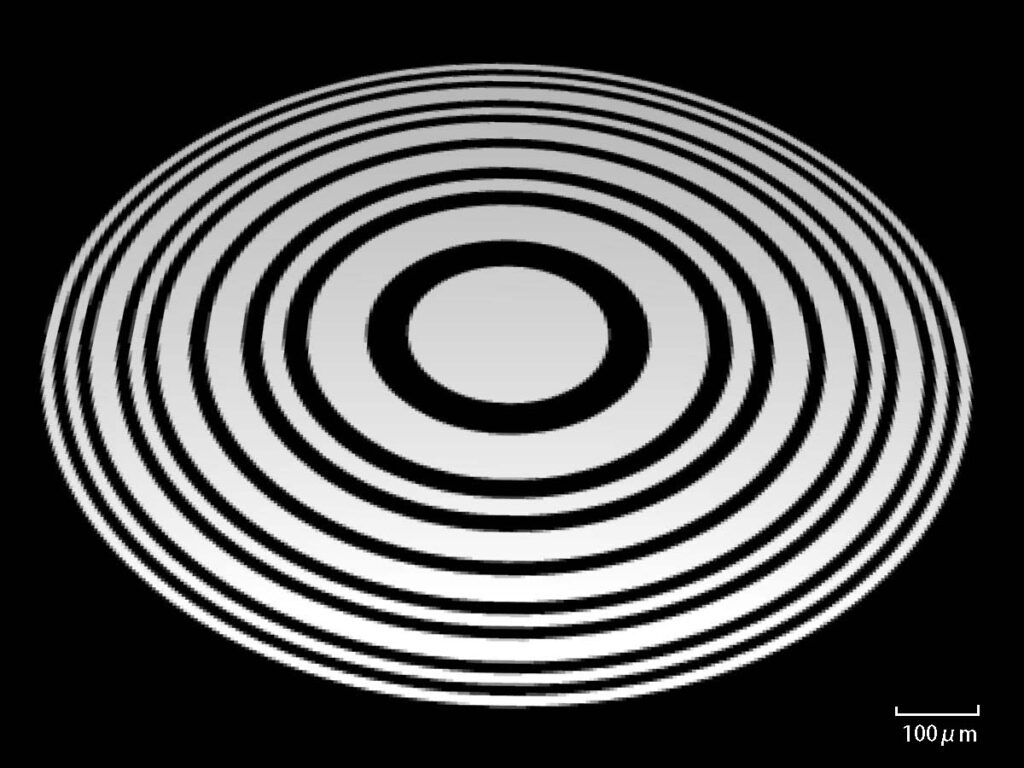
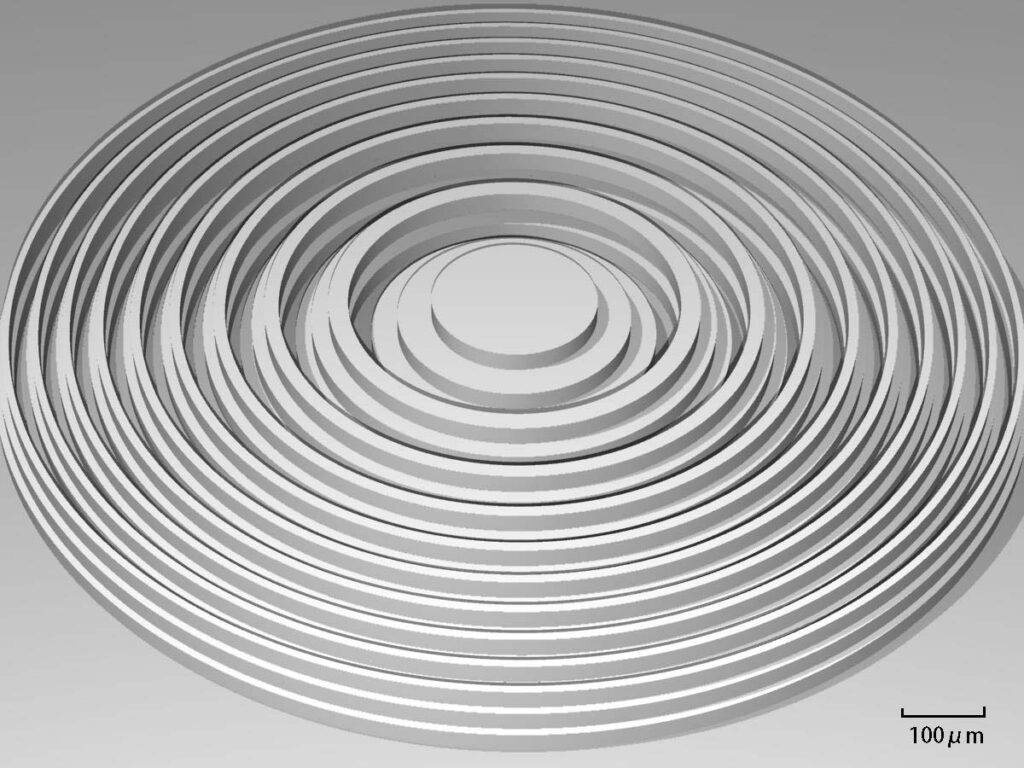
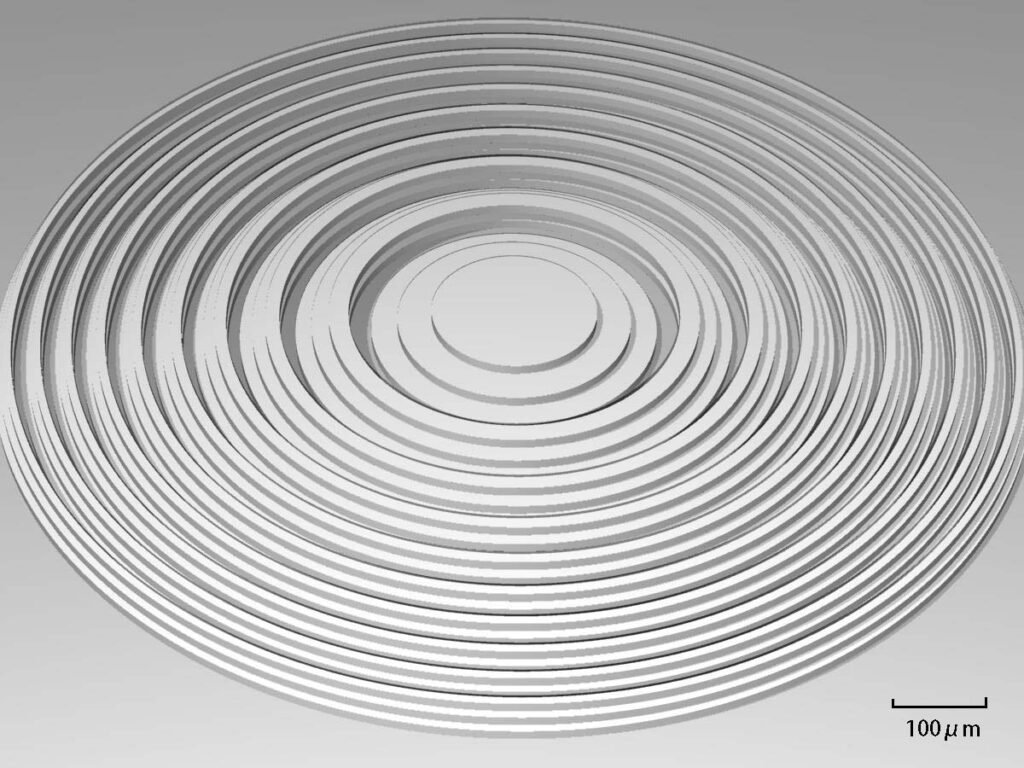
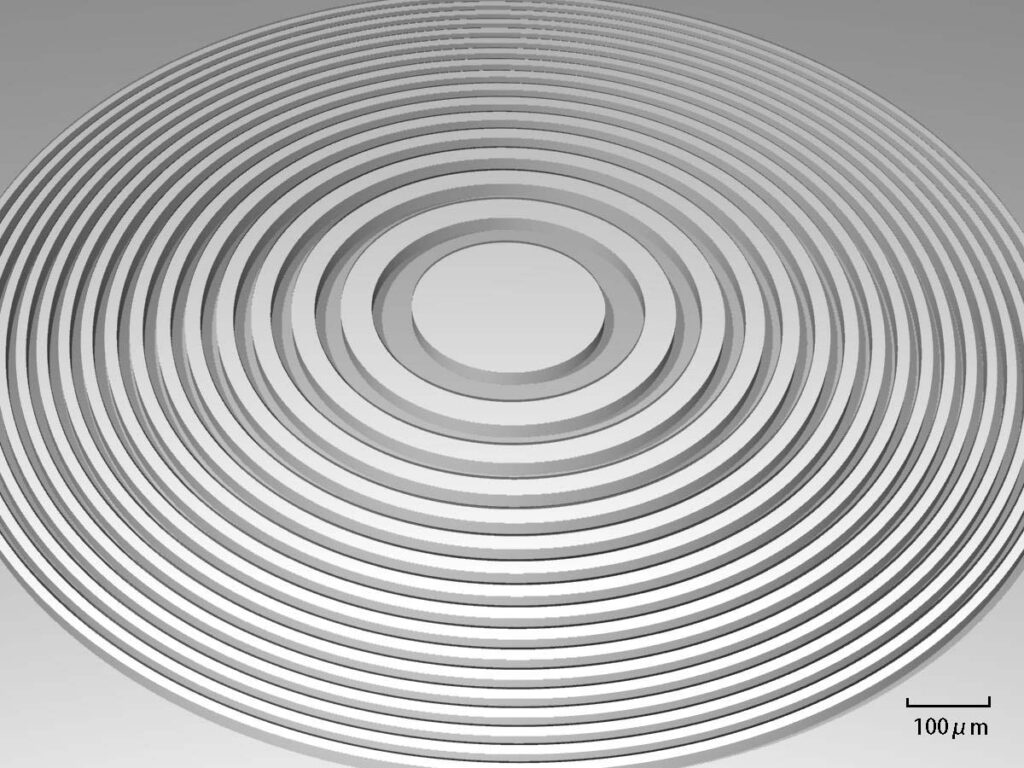
Amplitude-type Fibonacci zone plate
The amplitude type Fibonacci zone plate provides different taste from the zone plate attached on ZNONZⅠ.
Phase-type Zone Plate 2L
The characteristics of the phase-type zone plate are well represented in this Phase-type Zone Plate 2L. It is similar to the amplitude type but has a larger aperture area.
The large aperture area allows for a brighter image.
Phase-type Zone-Brate 4LA
Sharper images can be obtained than 2L. It has been pointed out that the characteristics of the phase-type zone plate are most apparent in the 4LA.
Some people say that it is suitable for atmospheric depiction.
Phase-type zone plate 4LB
This plate produces a slightly sharper image than the 4LA. Some users commented that it is too sharp for some subjects as a zone plate photography.
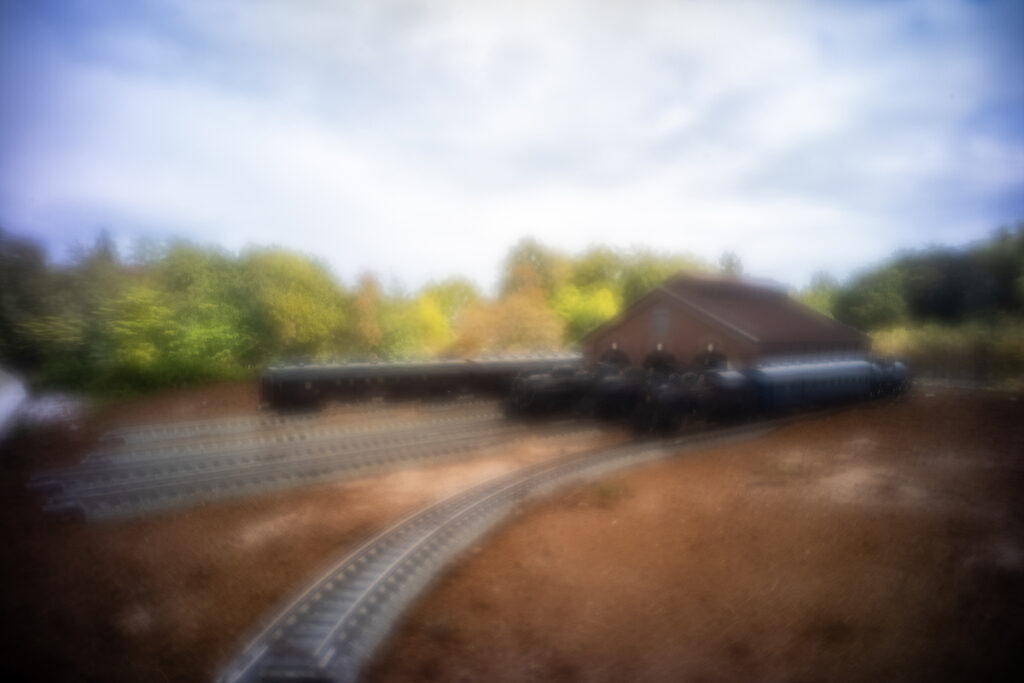
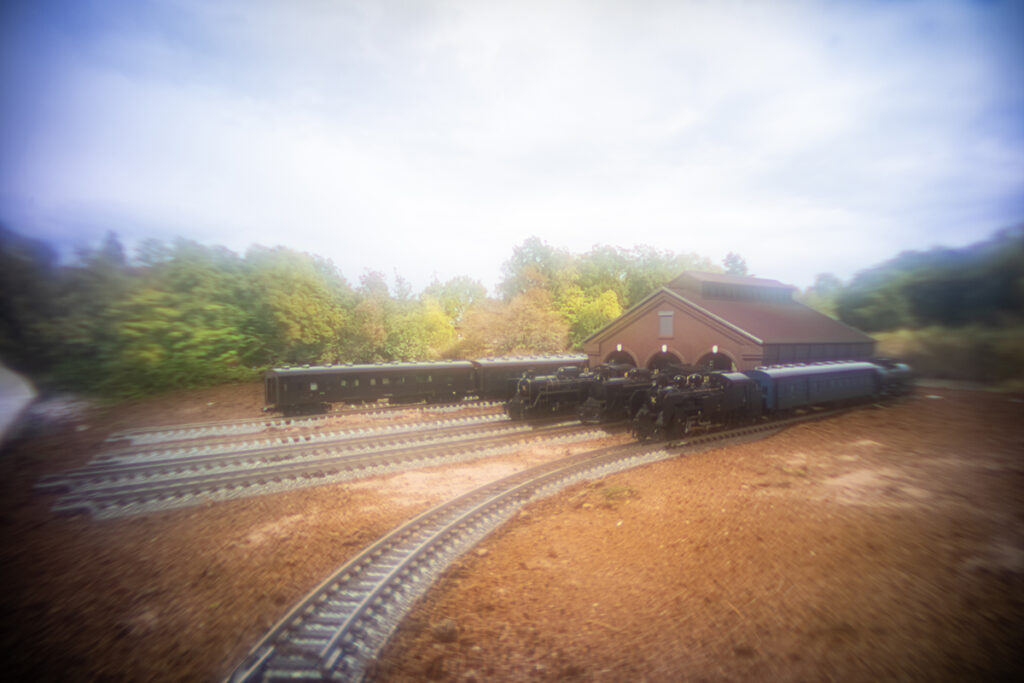
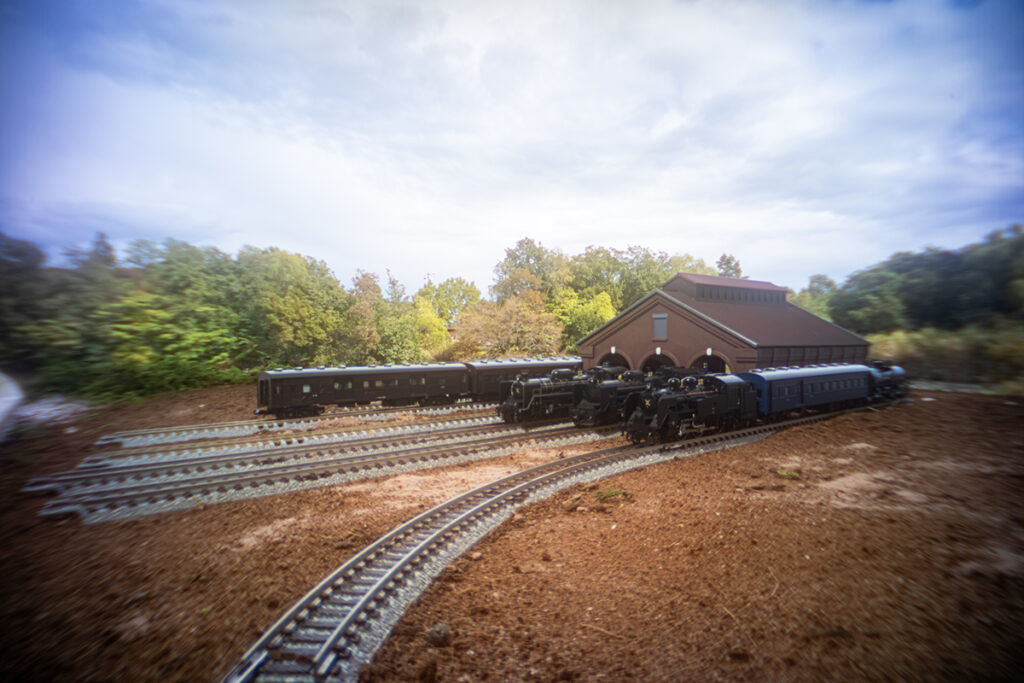
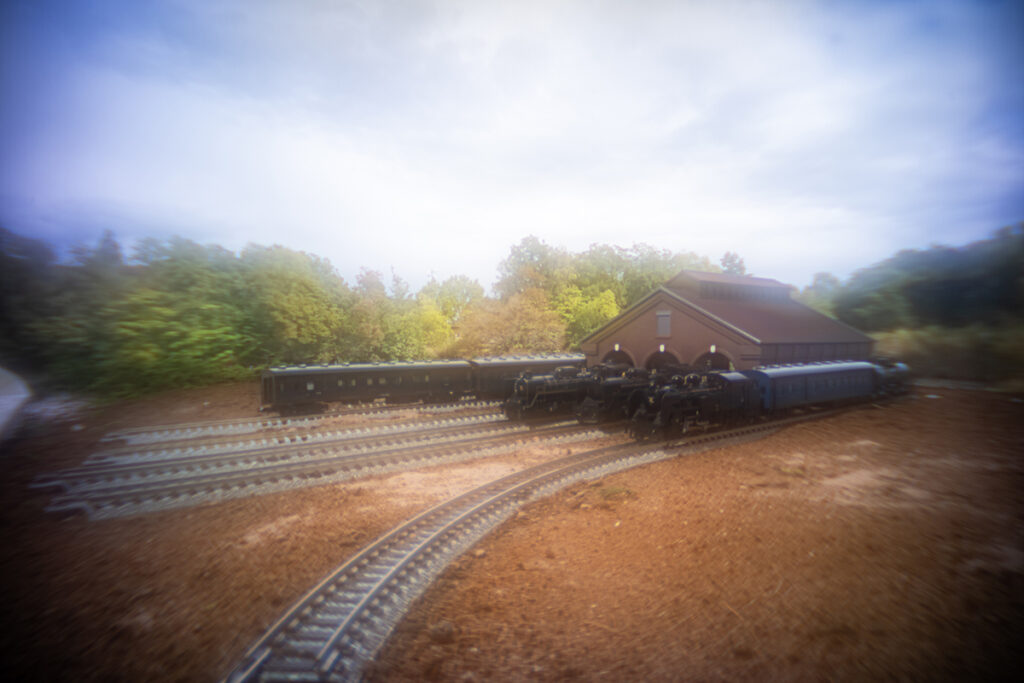
A guidebook supervised by Professor Emeritus Tatsuoki Takeda of the University of Electro-Communications, Japan, is included with the product.
For more detailed information on ZNONZ I and ZNONZ II, please refer to the respective guidebooks.
We invite you to the world of zone plates, which is different from the world of photography with lenses.
